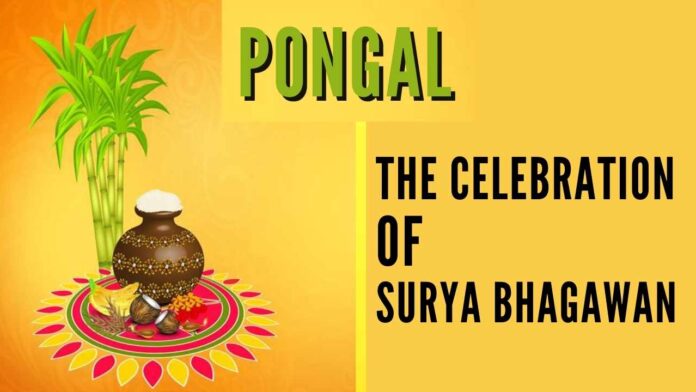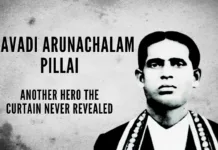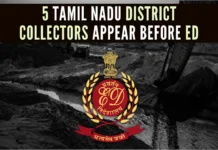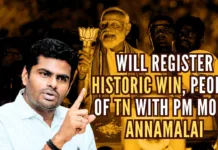
The power of Thanksgiving through the Pongal Festival
Pongal/ Sankranti is the main Thanksgiving Sun Festival in Bharat to worship and celebrate the bounty of the Sun God, ‘Surya Bhagawan’! Pongal is also the biggest Festival in Tamil Nadu. It is dedicated to Surya Bhagawan and is celebrated by everyone, especially farmers. We are grateful to our Gods and to our farmers, who provide us with food.
The Sun has been worshipped all over the world since the evolution of the human being on earth. This is understandable given that the Sun and the Moon are the only two celestial bodies, which are directly, clearly, and easily visible to the human eye. The Lord Buddha said – ‘ Three things cannot be hidden for long – The Sun, The Moon, and The Truth.’
There is sufficient historical as well as archaeological proof of Sun worship all over the world. The ancient Egyptians of Africa worshipped the Sun God as ‘Ra‘, the God who created everything. The inscriptions on the blocks of the Sun Temple at Heliopolis, Egypt dates back to 366/365 B.C. belonging to the reign of King Nactanebo I ( 379 – 363 B.C.). The Greeks honoured Apollo/ Helios as their Sun Gods. The Roman Emperor, Aurelian elevated the Sun God as a premier deity. The Sun was celebrated in ancient Persia or present-day Iran in Asia. There is also evidence of Sun worships in ancient Babylonia or present-day Iraq as is understood through a study of various ancient Babylonian texts. In the far northwest Xinjiang Uygur Autonomous Region in China, archaeologists have discovered the remains of a 3000-year-old altar dedicated to the Sun God. The ancient Incas of America worshipped the Sun God as ‘Inti‘. ‘Inti’ was ranked among the highest of the Inca deities. The Temple of Inti in Machu Picchu, America is living proof of Sun Worship in America. Thus, there is sufficient historical proof of Sun worship in Africa, Asia, America, and Europe.
In 1914, the book, ‘Sun Lore of All Ages‘ was published. It was authored by William Tyler Olcott. He says in the book – ‘Nothing proves so much the antiquity of solar idolatry as the care Moses took to prohibit it’.
In India too, the Sun God has been worshipped as Lord Surya Deva since times immemorial. The ancient Hindus of Bharat have worshipped the Sun God through the ages through the practice of offering water in a round copper utensil to Lord Surya Deva. The Rig Veda states the Sun is the Energy Source for all living creatures. The Gayatri Mantra is chanted to Surya Dev to illuminate the mind. References to Sun worship are found in the Puranas, too. The ancient epic, Ramayana speaks of Sage Agastya, who taught Surya Deva worship to Lord Rama through the ‘Aditya Hridaya Mantra‘, which are chanted by millions of Indians, everyday and over the ages along with other ‘Surya’ mantras. The astronomer, Varahamihira believed in and propagated Sun worship. Mayura, a courtier of King Harshavardhana (1st Millennium C.E.) composed the ‘Surya Satakam‘ in praise of the Sun God.
There is evidence of Surya Bhagawan worship throughout India. There are Sun temples dating back thousands of years in India. These include the famous Suriyanar Koil in Thanjavur in Tamil Nadu, Arasavilli and Konark on the East Coast of Bharat, Surya Pahar in North-East Bharat, Modena in Gujarat, and Unao in Central Bharat. Remains of an ancient Sun Temple have been found at Martanda near Srinagar in Kashmir in Bharat.
There is also plenty of scientific proof of the benefits of solar rays on the human body. The Sun’s rays alleviate depression, balance metabolism, improves blood circulation, and promotes the development of the pineal gland hormone.
The Festival of ‘Sankranti’ or ‘Pongal’ is known by different names in India and is celebrated throughout India in the month of January in the Gregorian Calendar. ‘Sankranti’ means transmigration of the Sun from one Zodiac to another in Indian astronomy.
‘Makara Sankranti’ is also known as ‘Uttarayana‘. It marks the transition of the Sun into Makara rashi or the Capricorn Zodiac constellation on that day. Makara Sankranti celebrates Lord Surya. In scientific terms, Sankranti marks the termination of the winter season and the beginning of the harvest season in agriculture. ‘Sankranti’ is thus an Indian Thanksgiving Festival dedicated to Lord Surya Deva without whom Agriculture is impossible.
‘Pongal’ is the Tamil name given to the Festival of Sankranti. The origin of the Pongal Festival has been traced back to the Sangam Age, which is between 200 A.D. and 300 A.D. Inscriptions on the Veeraraghava Swamy Temple at Thiruvallur in Tamil Nadu mention the Chola King, Kulottunga donating land to the poor at the time of Pongal. Pongal has been celebrated throughout the Tamil-speaking world to pay respect to Lord Surya Deva. The three main days of Pongal are Bhogi Pongal, Surya Bhagwan Pongal, and ‘Maatu‘ or Cow Pongal. Unwanted and useless things are burnt in a bonfire on Bhogi day to mark new beginnings. Salty Pongal is offered to Sun God on Bhogi day. The word ‘Pongal’ in Tamil means to ‘overflow’. ‘Sweet Pongal‘ refers to the traditional newly harvested rice boiled in milk with jaggery and moong dal. On Pongal day, the sweet dish is offered to Surya Bhagawan along with sugarcane, coconuts, fruits, and flowers. The Pongal Festival is thus dedicated to Surya Bhagwan. Cows are also worshipped on Mattu Pongal day for their contribution to agriculture and human welfare. All cattle especially cows are decorated and fed well on Mattu Pongal Day. On Kaanum Pongal day, people go sightseeing. In Tamil Nadu, the people also wear traditional dresses on Pongal Day.
Pongal of Tamil Nadu is celebrated as Makara Sankranti in different parts of India. It is known as Bihu in Assam, Uttarayana in Gujarat and Rajasthan, and as Maghi in Haryana, Uttar Pradesh, and Punjab. Pongal/ Sankranti is celebrated outside India, too by all Indians, who owe allegiance to ancient Bharathiya culture.
Thus, Sankranti or Pongal is the biggest Thanksgiving Festival to Surya Bhagawan in Bharat. Pongal is the biggest Festival for Tamil people all over the world. Pongal is the biggest Festival in Tamil Nadu. On Pongal day, we thank Surya Bhagawan and our farmers.
Note:
1. Text in Blue points to additional data on the topic.
2. The views expressed here are those of the author and do not necessarily represent or reflect the views of PGurus.
PGurus is now on Telegram. Click here to join our channel and stay updated with all the latest news and views
For all the latest updates, download PGurus App.
- Shaheed Diwas: Remembering Bhagat Singh, Rajguru, Sukhdev on Martyr’s Day - March 23, 2024
- Chhatrapati Shivaji Maharaj – The unparalleled visionary leader - February 19, 2024
- The Constitution Day of Bharat - November 26, 2023











Very informative article. Thanks to Dr. Padmapriya.